The Great Finish Line: More Than Just a Waiting Game
I’ll never forget the first time I rushed a polyurethane job. I had meticulously sanded and stained a beautiful oak table top. The final step was the protective coat—a water-based polyurethane I was assured would be “quick-drying.” I applied it late one evening, and by morning, it felt dry to the touch. Confident, I placed a vase in the centre. The next day, I lifted it to find a perfect, ghostly ring permanently etched into the surface. The surface was dry, but it was far from cured.
This painful lesson taught me that the most common question in finishing—how long does it take for polyurethane to dry—is also the most misunderstood. The answer isn’t a simple number. It’s a story told by chemistry, environment, and technique.
If you’re staring at a freshly coated floor, piece of furniture, or cabinet, itching to get back to normal, you’re in the right place. This guide will not only give you the estimated times but will arm you with the knowledge to understand the why behind them, ensuring your next project is a resounding success.
Polyurethane 101: The Difference Between “Dry” and “Cured”
Before we dive into timelines, we must understand the process. This is the single most important concept for achieving a durable finish.
Polyurethane doesn’t “dry” like water; it cures through a chemical reaction. When the solvents in the finish evaporate, oxygen from the air interacts with the resins, creating a hard, cross-linked plastic film. This process happens in two distinct stages:
- Dry to the Touch: This is the initial phase where the surface has lost enough solvents that it no longer feels tacky. You can lightly dust it or, in some cases, apply a recoat. However, the finish underneath is still soft and vulnerable.
- Fully Cured: This is the finish’s final state, where the chemical reaction is complete. The film has reached its maximum hardness, durability, and chemical resistance. Only then is it safe for regular use, furniture placement, and foot traffic.
Understanding this distinction is the key to patience. You’re not just waiting for it to be dry; you’re waiting for it to be done.
The Ultimate Polyurethane Drying Time Chart
While many variables are at play, the following table provides a reliable baseline for the question, how long does it take for polyurethane to dry under ideal conditions (70°F/21°C and 50% humidity).
| Finish Type | Dry to the Touch | Recoat Time (Dust-Free) | Light Use | Full Cure |
| Water-Based Polyurethane | 1 – 2 hours | 3 – 4 hours | 24 hours | 21 – 30 days |
| Oil-Based Polyurethane | 6 – 8 hours | 12 – 24 hours | 24 – 48 hours | 21 – 30 days |
| Wipe-On Polyurethane (Oil) | 2 – 4 hours | 6 – 8 hours | 12 – 24 hours | 21 – 30 days |
A crucial note from the experts at Minmax: Recoat times are critical. Applying a new coat too soon can cause wrinkling, while waiting too long can prevent proper adhesion, requiring you to sand the surface again.
The 4 Factors That Dictate Your Drying Time
So, why does my friend’s garage project seem to take forever, while a professional’s shop work is done in a flash? It all comes down to these four critical elements.
1. Type of Polyurethane: The Biggest Player
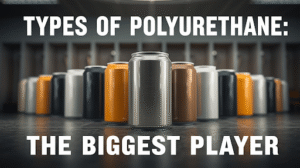
The choice between water-based and oil-based is the most significant factor in determining how long it takes for polyurethane to dry.
- Water-Based Poly: This is the speed demon. It uses water as its primary solvent, which evaporates much faster than mineral spirits. It dries clear, has a low door, and is easy to clean up. However, it can raise the wood grain and often requires more coats for the same level of protection as oil-based.
- Oil-Based Poly: This is the classic, durable workhorse. It creates a warm, amber tone that deepens over time. It levels out beautifully for a smoother finish but uses slow-evaporating mineral spirits. This means a much longer dry time, stronger fumes, and a more involved clean-up with solvents.
2. Environmental Conditions: You Can’t Ignore the Room
Your workspace environment is a make-or-break factor. Polyurethane is highly sensitive to its surroundings.
- Temperature: Warmth is your friend. The chemical reaction of curing accelerates in warmer temperatures. In a cold garage (below 60°F/15°C), the process can slow to a crawl or even stop. Aim for a consistent temperature between 70-77°F (21-25°C) for optimal results.
- Humidity: This is the silent saboteur. High humidity slows solvent evaporation dramatically. As the EPA notes, excessive moisture in the air can lead to a host of problems, including a tacky finish that never fully hardens. Ideally, humidity should be below 70%, with 50% being the sweet spot.
- Ventilation: Good airflow is essential. It carries solvent-laden air away from the surface, allowing fresh, oxygen-rich air to aid the curing process. However, avoid pointing fans directly at the finish, as this can blow dust onto the wet surface and create uneven drying.
3. Application Method and Thickness
Thicker coats take exponentially longer to dry and cure. A common rookie mistake is applying a thick, heavy coat to “get it done in one go.” This almost always backfires, leading to runs, sags, and a forever-tacky surface.
- Thin, Even Coats are King: Whether you’re using a brush, rag, or sprayer, the goal is multiple thin, milky coats. A high-quality, natural bristle brush is best for oil-based, while a synthetic brush is ideal for water-based poly. Wipe-on polyurethane is inherently thin, which is why its dry times are faster.
4. The Wood and Preparation Beneath
The surface you’re finishing plays a role, too. Porous woods can soak up the first coat, affecting dry time. More importantly, proper sanding is non-negotiable. A smooth, dust-free surface ensures the polyurethane adheres correctly and cures evenly.
Also Read This : How Long Does It Take for Polyurethane to Dry
Pro Tips to (Safely) Speed Up the Process
While you can’t cheat chemistry, you can certainly give it a nudge.
- Use a Dehumidifier: In a humid climate, this is your most powerful tool for controlling how long does it take for polyurethane to dry.
- Gentle, Indirect Warmth: A space heater in the room (not pointed at the piece) can work wonders. Never use heat guns or hair dryers, as they can blister the finish.
- Box Fans in Windows: Create a cross-breeze by placing one fan blowing out of a window and cracking another window open across the room. This efficiently exchanges air without disturbing the finish.
- Choose Your Product Wisely: If time is of the essence, a fast-drying water-based poly is your best bet. Some modern formulations are engineered for exceptionally quick recoat times.
The Final Countdown: When Is It Really Safe?
So, you’ve waited the recommended recoat time and applied your final coat. Now what?
- After 24-48 hours: You can carefully move furniture back, but use felt pads on the bottom. For floors, you can walk on them in socks.
- After 72 hours: You can place area rugs on floors and begin light use of furniture.
- After 21-30 days: The finish is fully cured. You can now clean it with standard wood cleaners, place heavy objects without fear of imprinting, and subject it to normal daily life.
This 30-day cure time is standard for both water- and oil-based polys, even though their initial dry times are worlds apart. Patience during this final phase ensures the long-term beauty and durability of your work.
Your Patience Will Be Rewarded
The journey to understanding how long does it take for polyurethane to dry is a lesson in patience and precision. It’s not just about watching the clock; it’s about creating the right environment and respecting the chemical process. Rushing it leads to soft finishes, embedded dust, and the heartbreak of a perfect ring left by a vase.
But when you get it right, the reward is a glass-smooth, incredibly durable finish that will protect your beautiful woodwork for decades. The wait is always worth it.
Also Read More: How Long Does It Take for Polyurethane to Dry
Frequently Asked Questions
Can I use a hairdryer or heat gun to speed up the drying process?
No, this is not recommended. While gentle, ambient warmth from a room heater can help, directing intense heat from a hairdryer or heat gun onto the polyurethane surface will likely cause disaster. It can lead to bubbling, blistering, uneven curing, and can “skin over” the surface, trapping solvents underneath that will prevent the lower layers from ever fully hardening. Always allow the finish to dry and cure under consistent, moderate room temperatures.
Why is my polyurethane still tacky after 24 hours?
A tacky surface long after the expected dry time is almost always a sign of unfavourable conditions or application error. The most common culprits are:
- High Humidity: This is the prime suspect, as moisture in the air drastically slows solvent evaporation.
- Low Temperature: A cold environment slows the chemical curing reaction.
- A Coat That is Too Thick: Applying a heavy, gloppy coat traps solvents, making it take much longer for them to escape.
- Insufficient Ventilation: Without fresh air, solvent fumes can linger at the surface, slowing down the process.
What’s the difference between “recoat time” and “cure time”?
This is a critical distinction:
- Recoat Time: This is the window when you can safely apply the next coat without sanding. The first coat is dry enough not to create dust nibs, but still soft enough for the next coat to chemically or mechanically bond with it.
- Cure Time: This is the period required for the finish to reach its full hardness and durability. While it may be dry and recoat able in hours, it can take up to 30 days to fully cure and become resistant to chemicals, scratches, and heavy use.
Is it safe to polyurethane indoors? How do I manage the fumes?
Safety depends on the type:
- Water-Based Polyurethane: Has a very low door and is generally safe for indoor use with good ventilation (open windows).
- Oil-Based Polyurethane: Produces strong fumes from volatile organic compounds (VOCs). You must have excellent, cross-ventilation and wear a respirator rated for organic vapours during application and initial drying. It is not safe to stay in a poorly ventilated room with wet oil-based poly.
Do I really need to sand between coats of polyurethane?
For a professional, smooth finish, yes—but with a caveat. You only need a light “scuff sanding” with very fine-grit sandpaper (e.g., 220-320 grit) or a brown abrasive pad. The goal is not to remove the finish but to create microscopic scratches (a “tooth”) that helps the next coat adhere properly. The one exception is if you are applying a new coat within the “recoat window” specified on the can, which often allows you to apply without sanding.



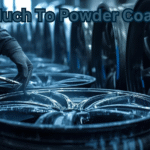

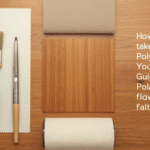

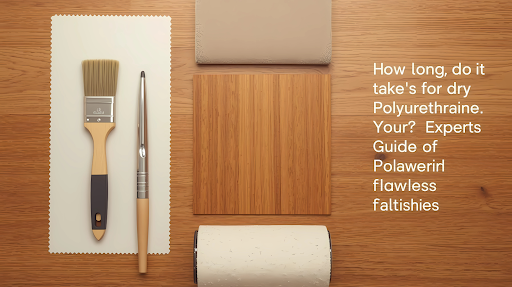
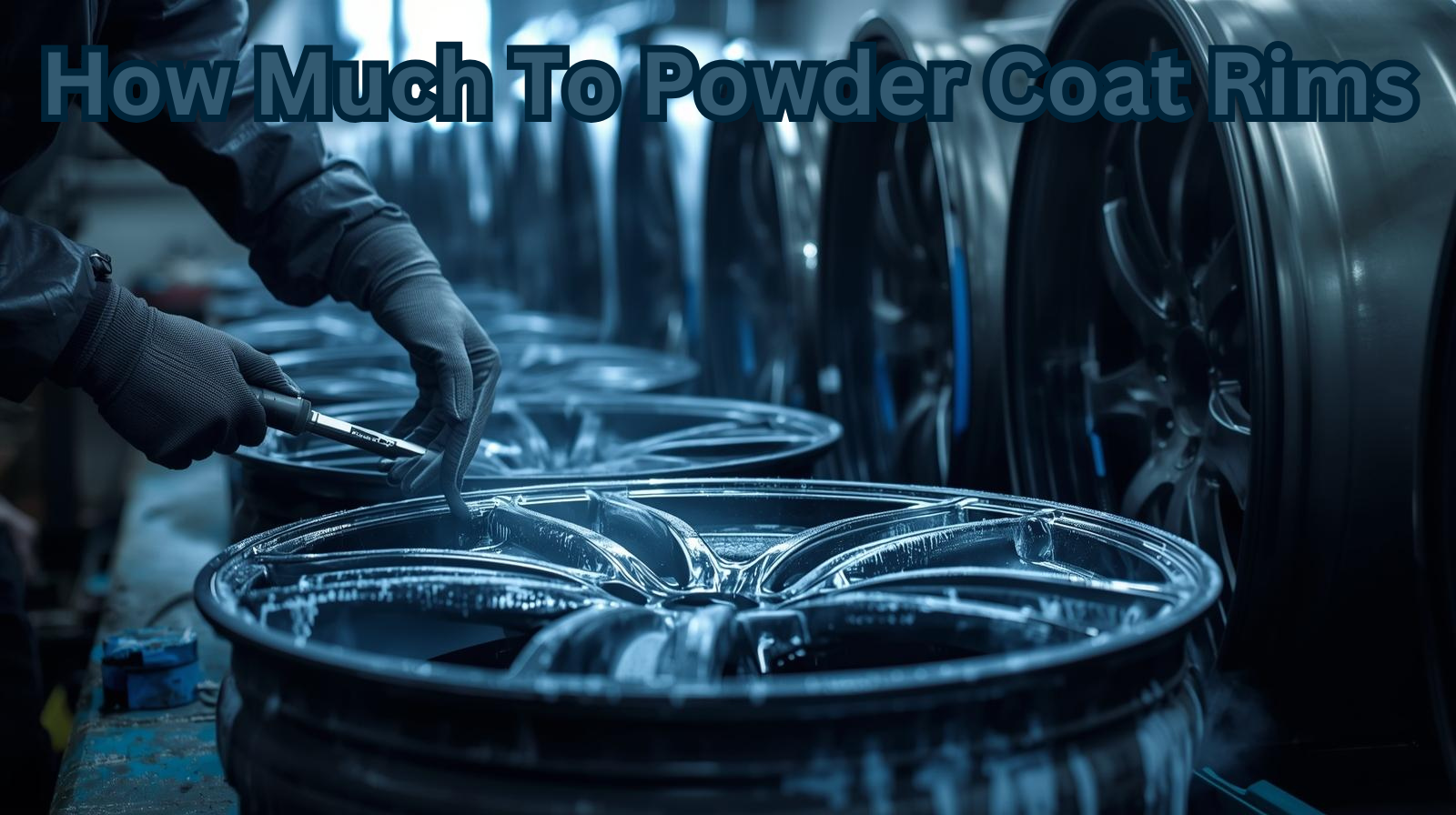



Smart crypto trading https://terionbot.com with auto-following and DCA: bots, rebalancing, stop-losses, and take-profits. Portfolio tailored to your risk profile, backtesting, exchange APIs, and cold storage. Transparent analytics and notifications.